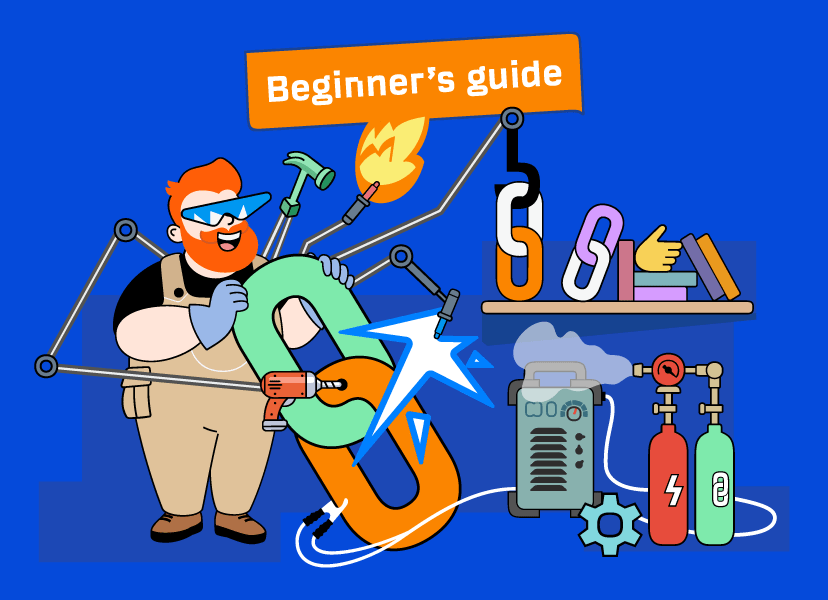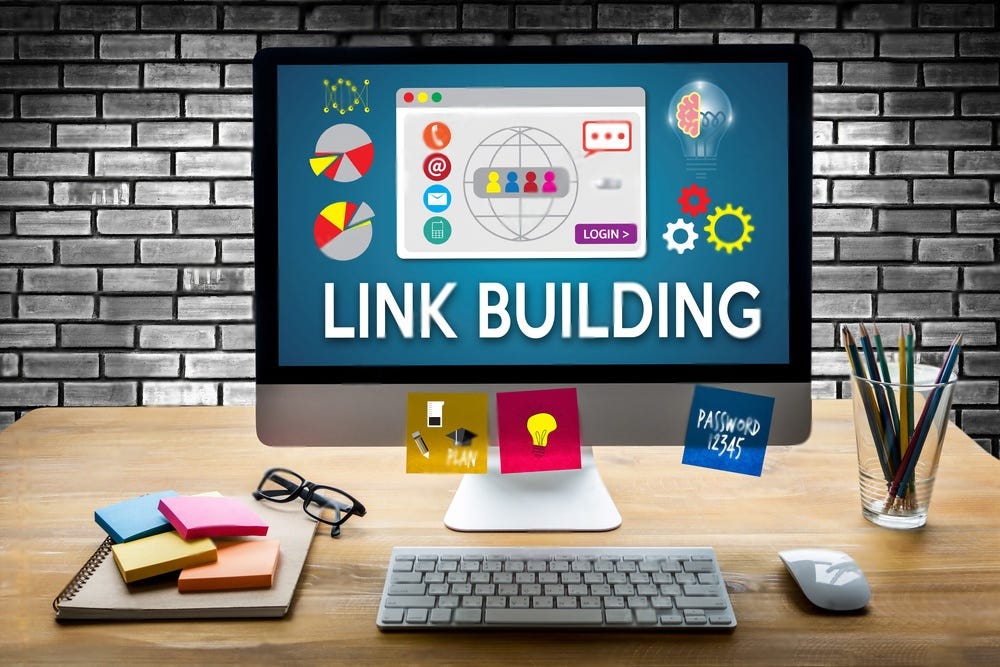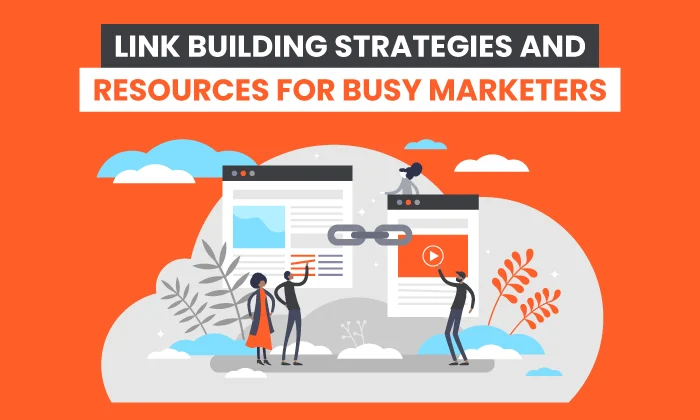In the ever-evolving landscape of online visibility, mastering effective link building techniques is essential for businesses and individuals seeking to enhance their presence on the internet. Exploring advanced link building strategies, and emphasizing the importance of high-quality content, ethical practices, and strategic outreach efforts leads to an enhanced online presence. The goal is to provide a comprehensive guide for digital marketers and website owners aiming to improve their search engine rankings and authority in a competitive online environment.
High-Quality Content Creation:
A fundamental pillar of successful link building techniques lies in the creation of high-quality, engaging content. This encompasses a variety of formats, including blog posts, infographics, videos, and comprehensive guides. Quality content serves as the foundation for attracting organic links, as other websites are more likely to reference and link to valuable resources. The emphasis should be on relevance to the target audience, uniqueness, and informativeness.
Guest Blogging:
Guest blogging is a strategic approach to link building that involves contributing well-crafted content to authoritative websites within a specific industry. The content shared in guest posts should not only be unique but also add substantial value to the host site’s audience. This method facilitates a symbiotic relationship where the guest contributor gains exposure and the host site benefits from quality content.

Broken Links:
Identifying broken links on external websites presents an opportunity for proactive link building. By notifying site owners about broken links and proposing one’s content as a suitable replacement, website owners can establish valuable connections. This method requires a meticulous approach to research broken links and craft personalized outreach messages.
Resource Building:
Crafting comprehensive resource pages or guides within a specific niche is an effective strategy for attracting links from relevant websites. These resources should be valuable and unique, positioning the content as an authoritative reference in the industry. Outreach efforts involve informing potential linking sites about the resource and suggesting inclusion to enhance their content.
Skyscraper Technique:
The Skyscraper Technique involves identifying popular content within a niche, creating a more comprehensive and up-to-date version, and reaching out to websites linking to the original content. This approach leverages the existing interest and authority of link sources, aiming to provide a more valuable resource that encourages them to update their links.
Influencer Outreach:
Building relationships with influencers in a particular industry is a strategic move for effective link building. Requesting influencers to share or link to the content can tap into their established audience and provide valuable backlinks. The key is to establish genuine connections and offer content that aligns with the influencer’s interests and expertise.
Social Media Promotion:
Leveraging social media platforms for content promotion is not just about increasing visibility but also indirectly contributing to improved search engine rankings. Sharing valuable content on social media encourages followers to engage and share, creating social signals that search engines recognize. This, in turn, enhances the perceived authority of the content.

Testimonials and Reviews:
Providing testimonials for products or services used is a subtle yet effective means of acquiring backlinks. By initiating contact with businesses and suggesting a reciprocal link exchange based on testimonials, website owners can create mutually beneficial relationships. This tactic not only builds links but also fosters positive connections within the industry.
Internal Linking:
A solid internal linking structure is crucial for improving navigation and distributing link equity within a website. It is among the crucial parts of link building techniques. Relevant pages should be interlinked strategically to enhance the overall user experience and provide search engines with clear paths to navigate and index content. Internal linking also helps to establish content hierarchy and topical relevance.
Haro (Help a Reporter Out):
Monitoring platforms like HARO for opportunities to provide expert insights for journalists is a proactive PR strategy. Successful contributions can lead to backlinks when the insights are included in published articles. This method not only establishes the contributor as an industry expert but also provides valuable exposure through authoritative external sources.
11. Shareable Infographics:
Designing visually appealing infographics with interesting data and providing embed codes encourages others to share the content. Infographics are highly shareable and have the potential to go viral, attracting links from various sources. This tactic combines visual appeal with informational content, making it a powerful tool for link building.
Local Citations:
Ensuring accurate business information on local directories is crucial for local search engine rankings. Consistent and correct citations across platforms help establish credibility and improve online visibility for local searches. This is especially important for businesses targeting a specific geographic area, as local citations contribute to the overall online authority of the website.
In conclusion, advanced link building techniques play a pivotal role in establishing a strong online presence. From creating high-quality content to engaging in strategic outreach efforts, each technique contributes to the overall authority and visibility of a website. By incorporating these strategies into a comprehensive digital marketing plan, businesses and individuals can navigate the competitive online landscape with confidence, ensuring sustained growth and success. Ethical practices and a commitment to providing value should always guide these link-building endeavors for long-term sustainability and positive industry relationships.
